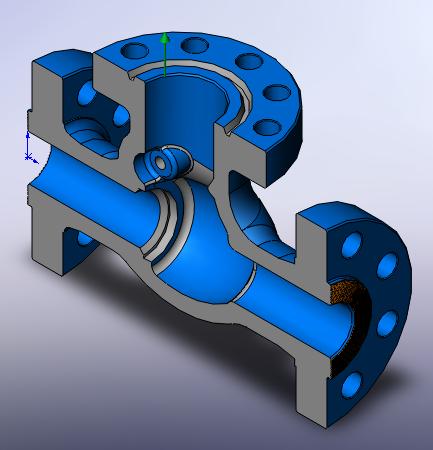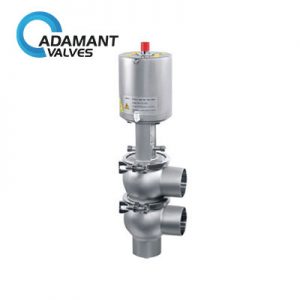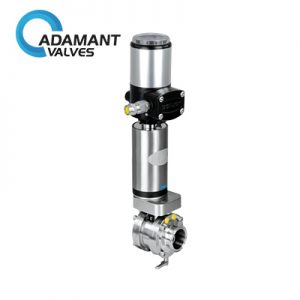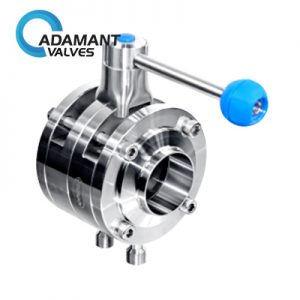The Characteristics of Extension Rod Butterfly Valves

Extension rod sanitary butterfly valves are widely used in chemical, petrochemical, petroleum, paper, mining, electric power, liquefied gas, food, pharmaceutical, water supply, and drainage, municipal, machinery and equipment, electronics, urban construction, and other fields.
Things that need to be considered when selecting extension rod butterfly valves:
First of all, when the media flow through the extension rod butterfly valve, the pressure loss value is relatively large. It is about three times that of the gate valve. Therefore, when we select such kinds of butterfly valves, in order to ensure its regulating capabilities for the pipeline medium, we need to consider such factors as the influence caused by pressure loss on the pipeline system, the pressure influence on the medium by the butterfly plate when closed, and the applicable temperature range of the elastic valve seat materials under high temperatures.
For the extension rod butterfly valve, since the butterfly plate has a certain degree of wipe when in movement, it can be used in media that contains suspended solid particles. According to the strength value of the sealing member, the powder or particles in the medium can be specifically considered.
The main characteristics of extension rod butterfly valves:
1. Novel and reasonable design, unique structure, lightweight, quick opening, and closing.
2. Small operating torque, easy operation, effortless and nimble.
3. Installable in any position, easy maintenance.
4. The sealing member can be replaced, sealing performance is reliable, two-way sealing and zero leakage can be achieved.
5. The sealing material is durable and weak-corrosion-resistant. Long service life.
Conclusion
Thank you for reading our article and we hope it can help you better understand the characteristics of extension rod butterfly valves. If you want to learn more about the extension rod butterfly valves, we would like to advise you to visit Adamant Valve homepage for more information.




